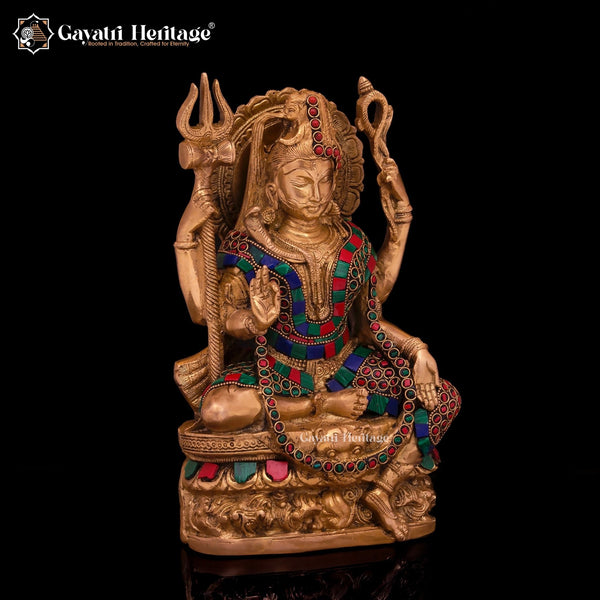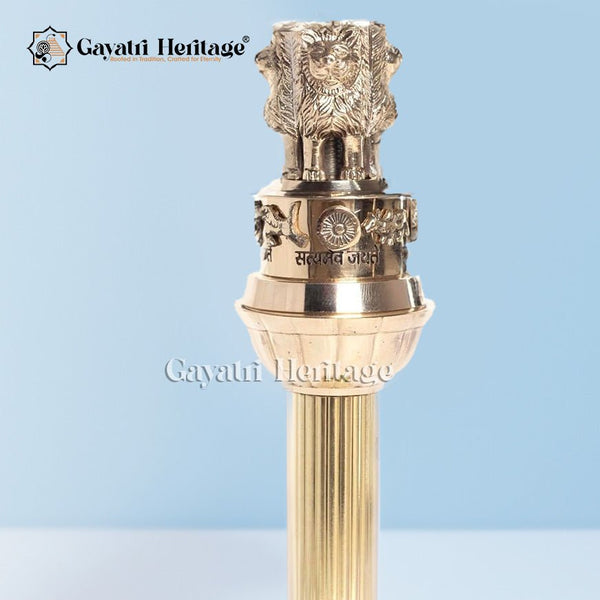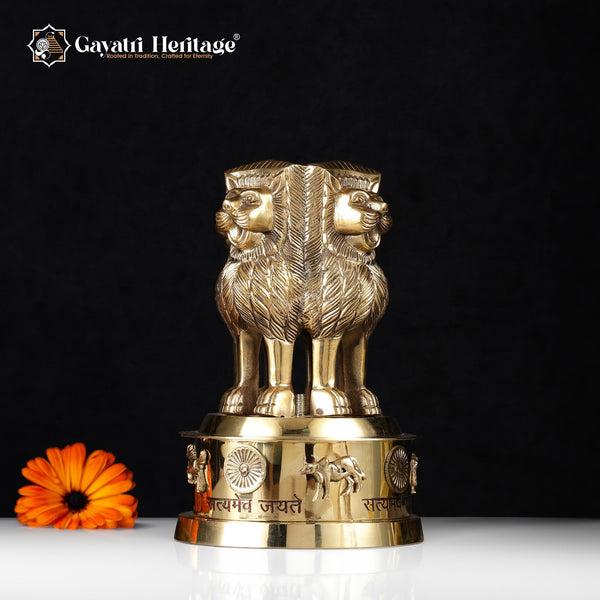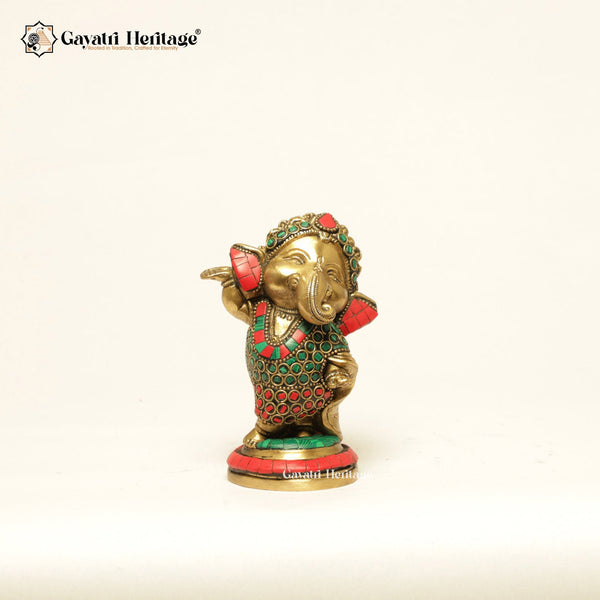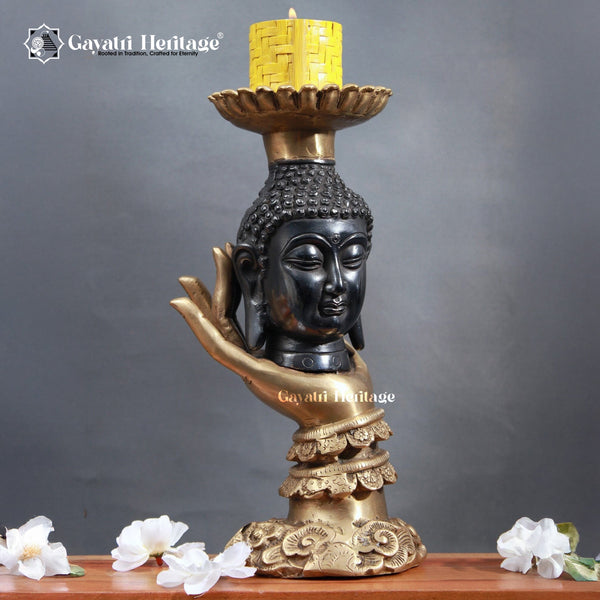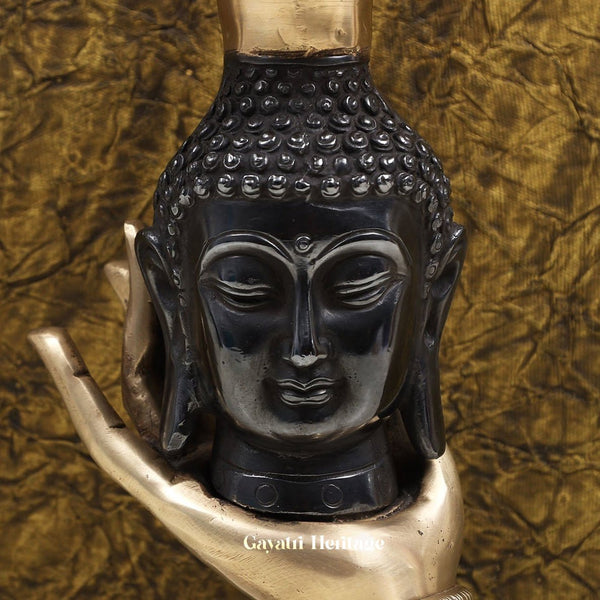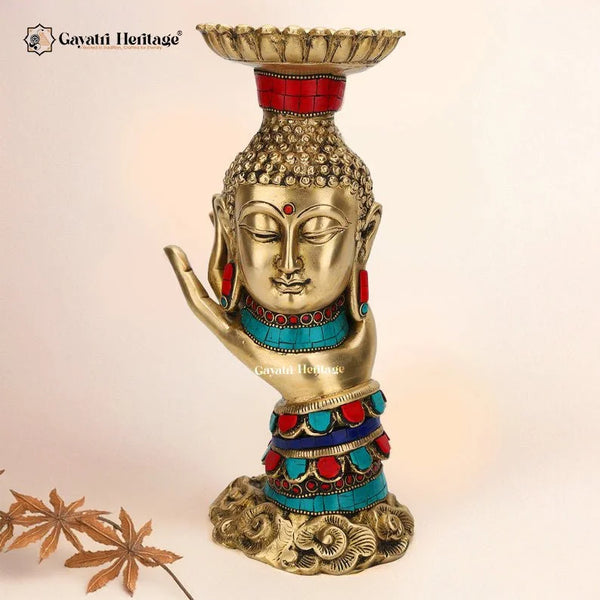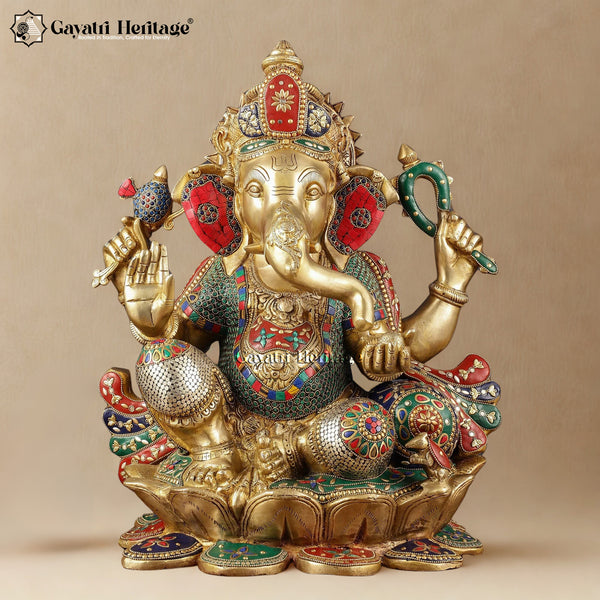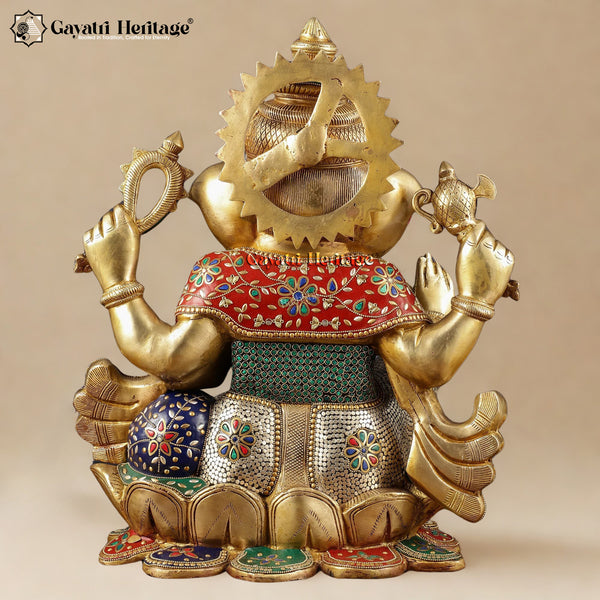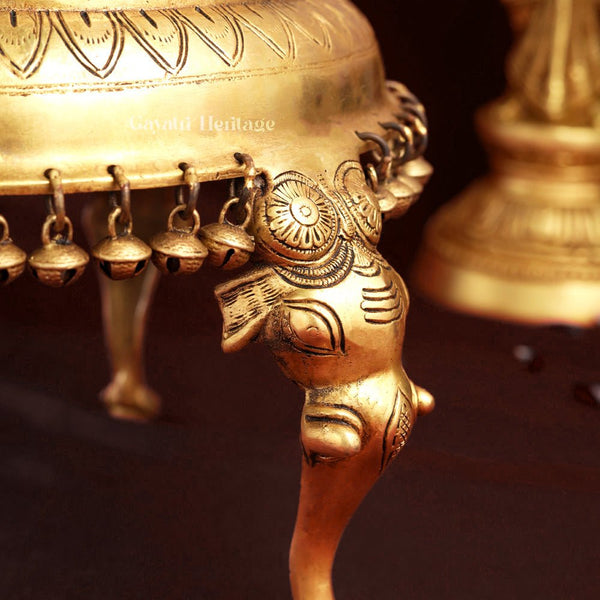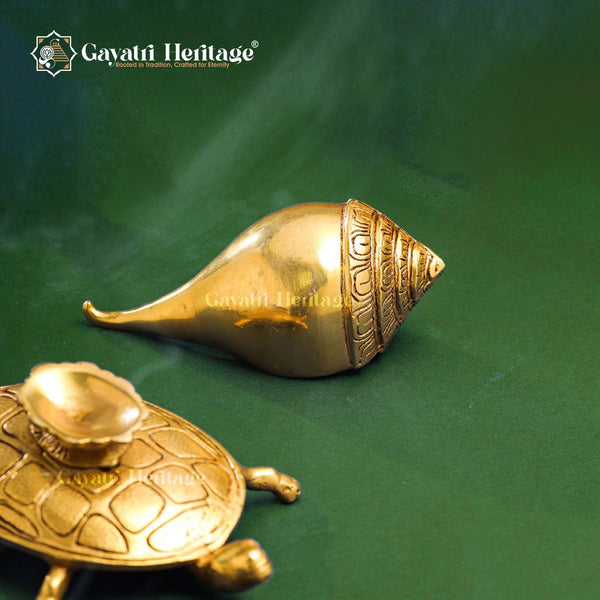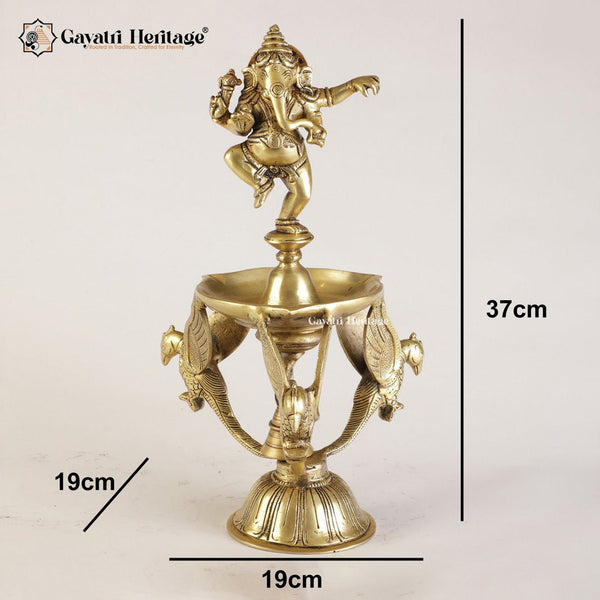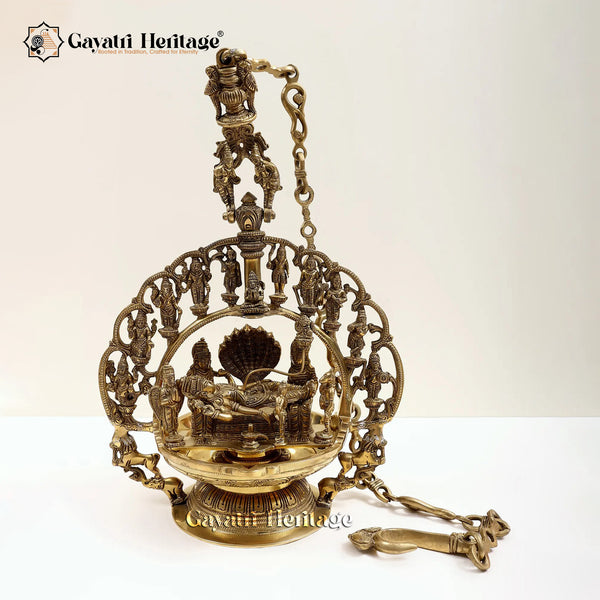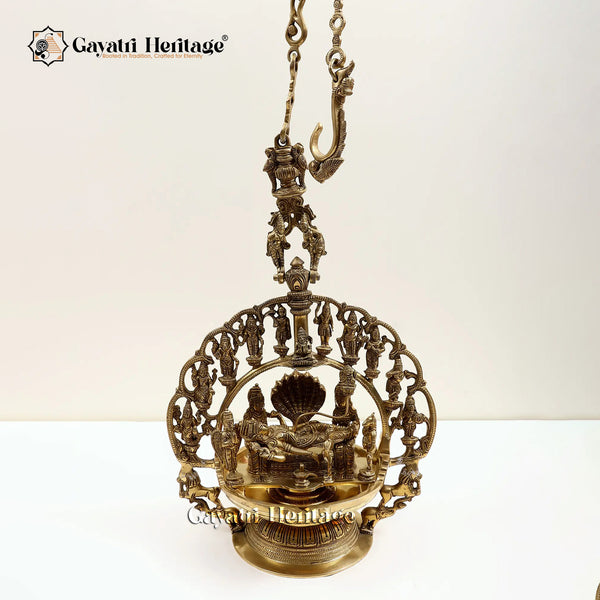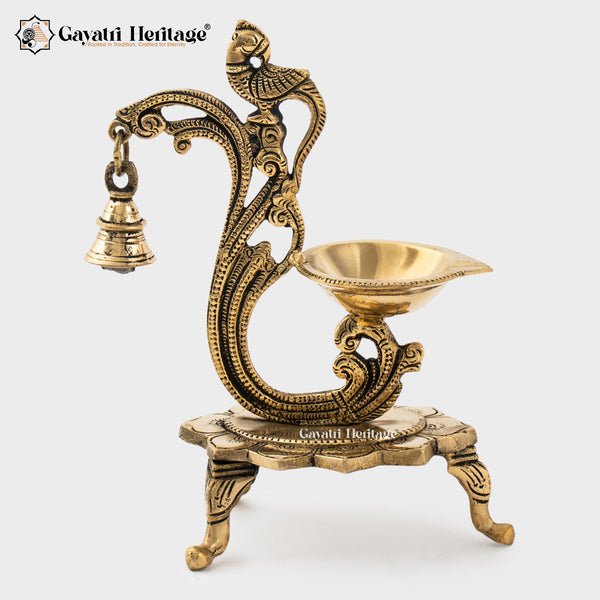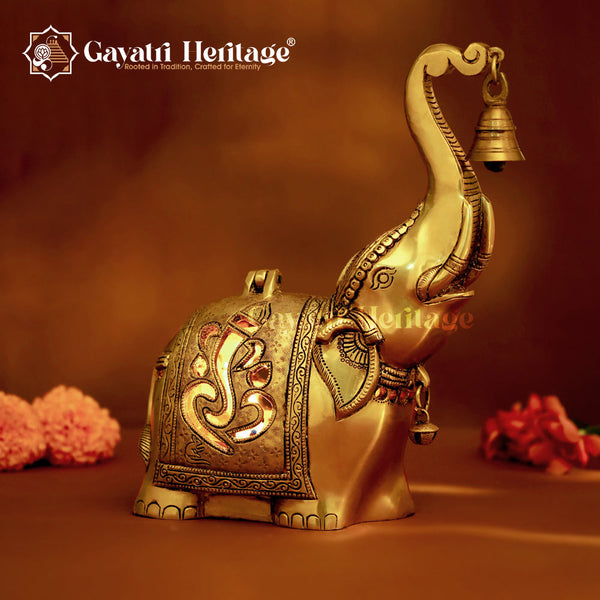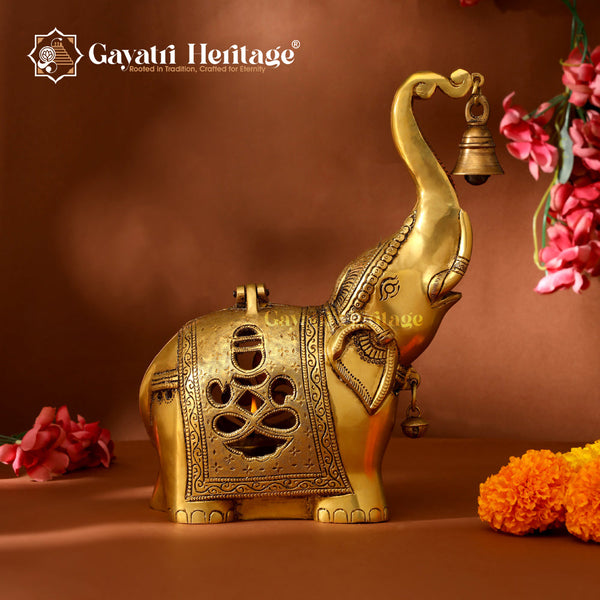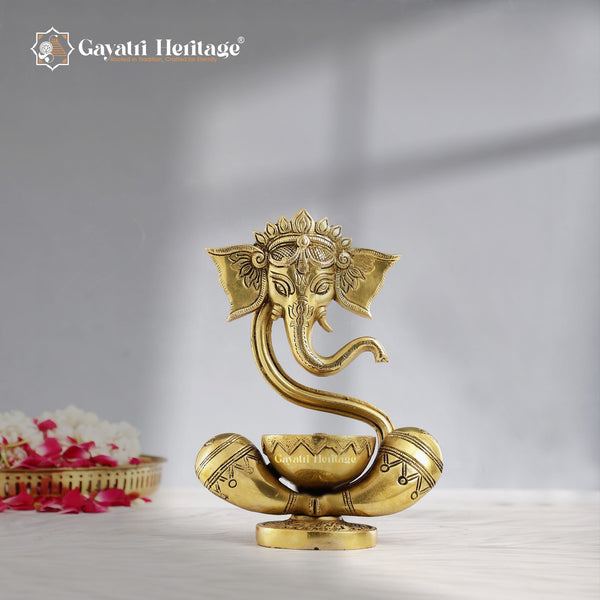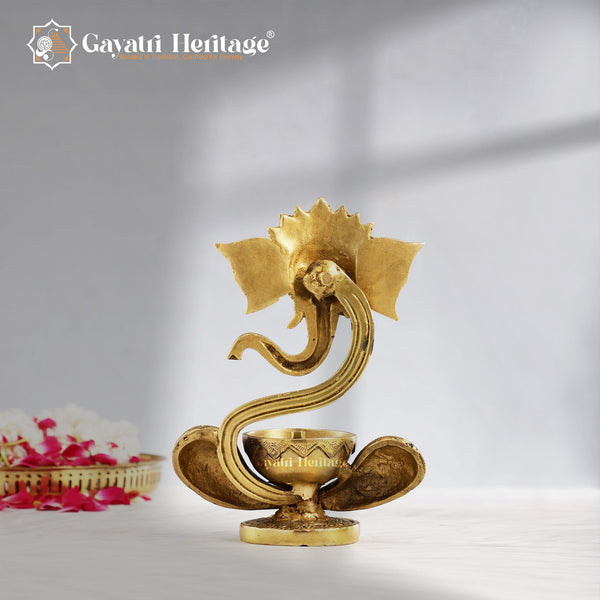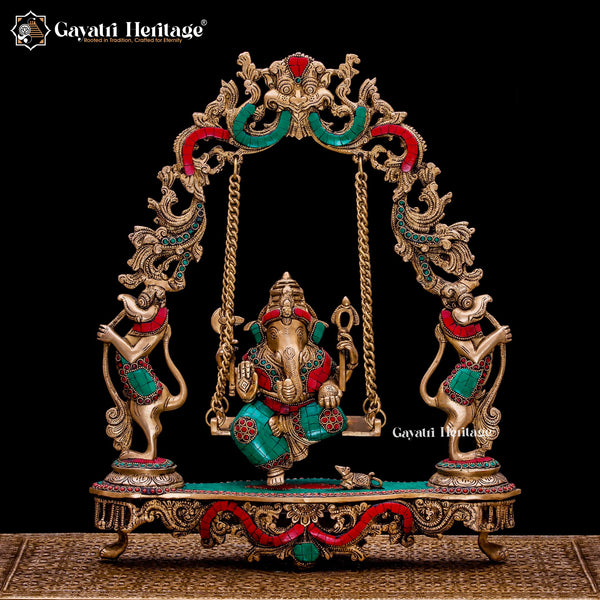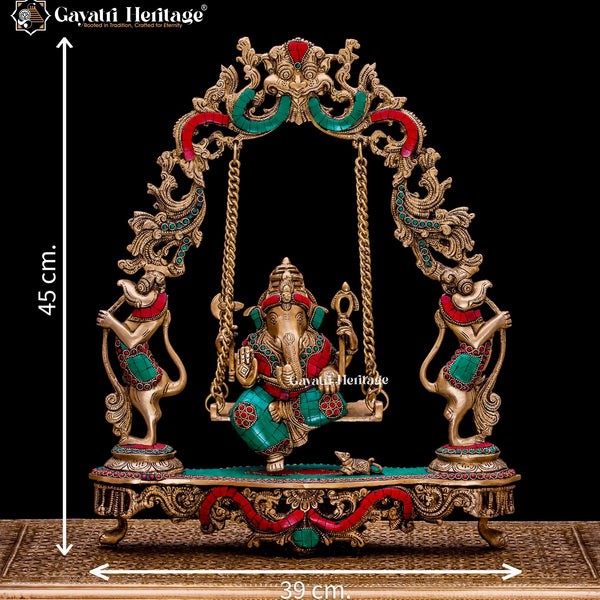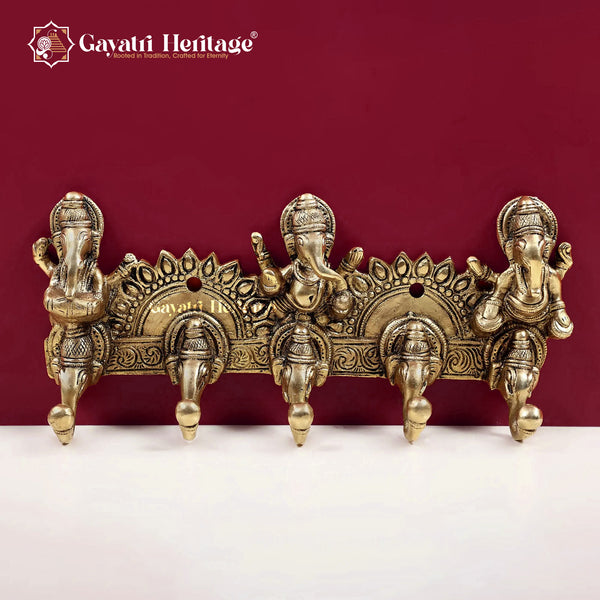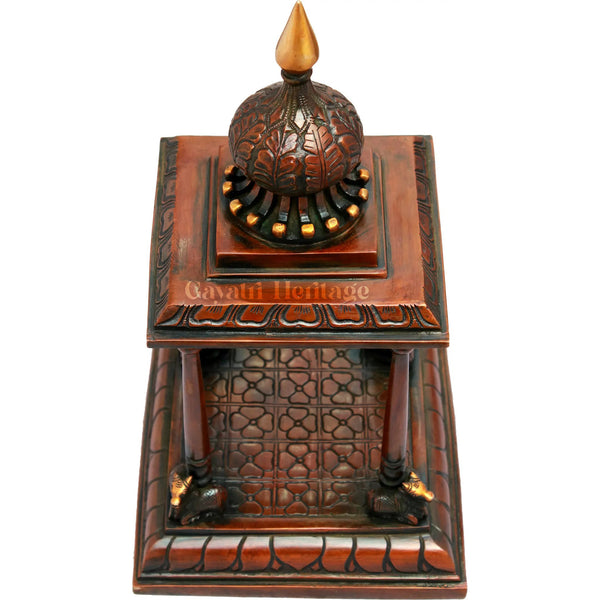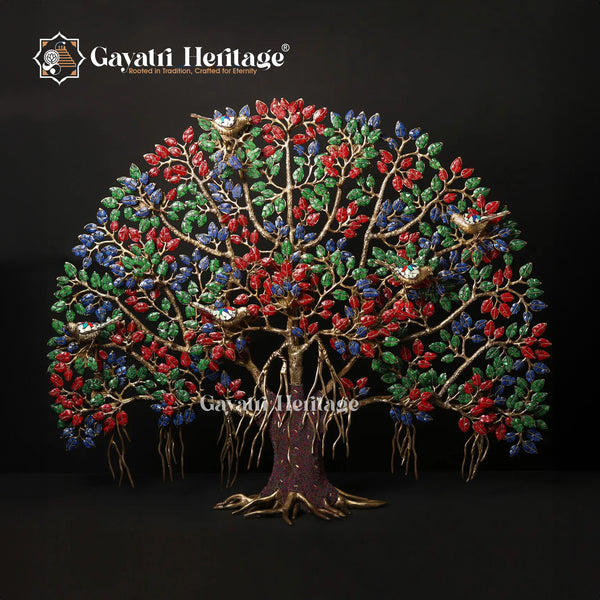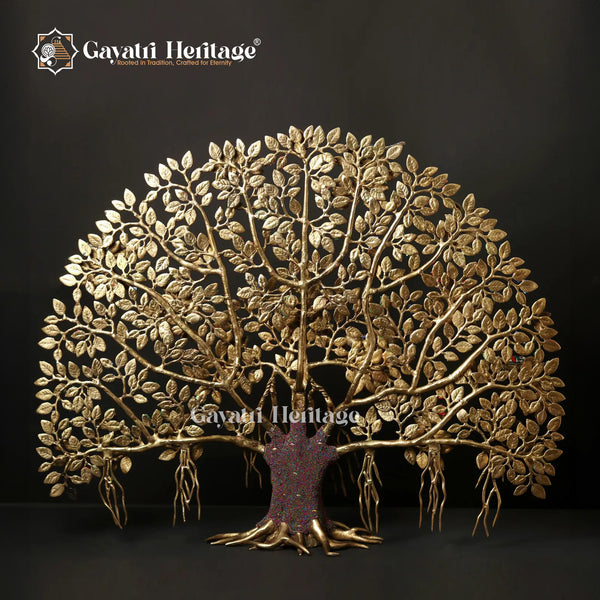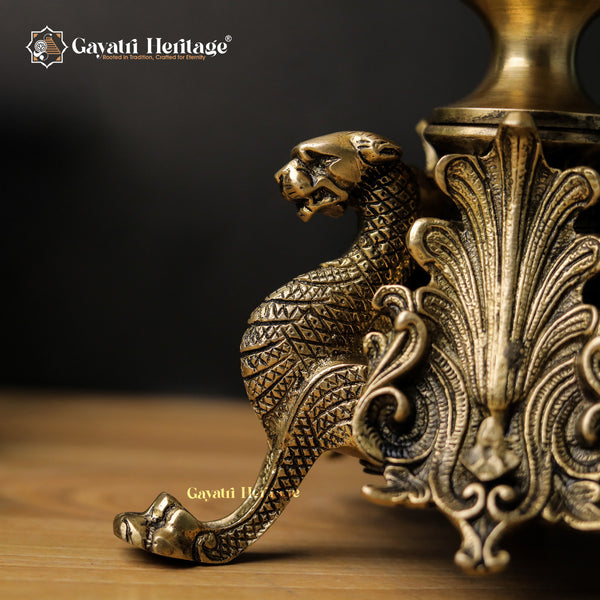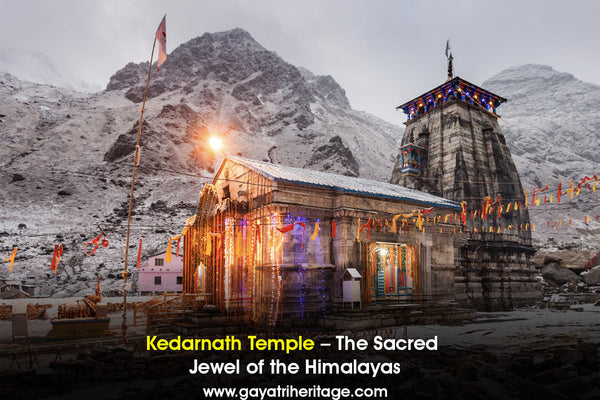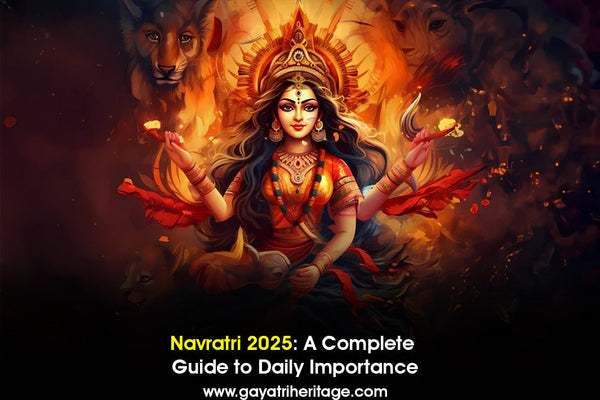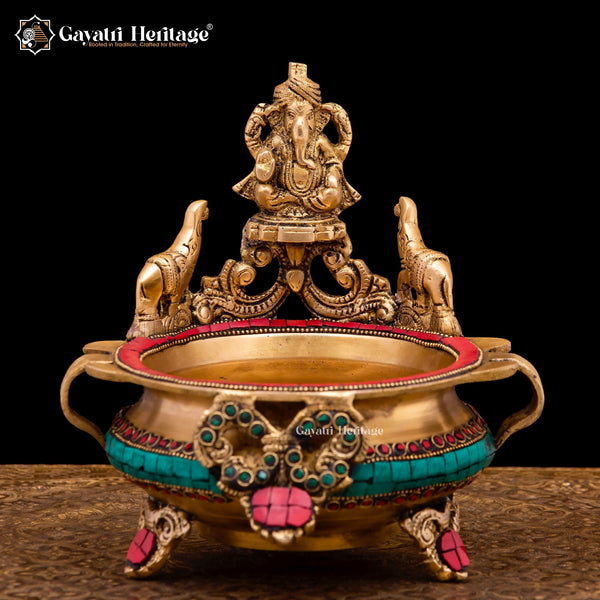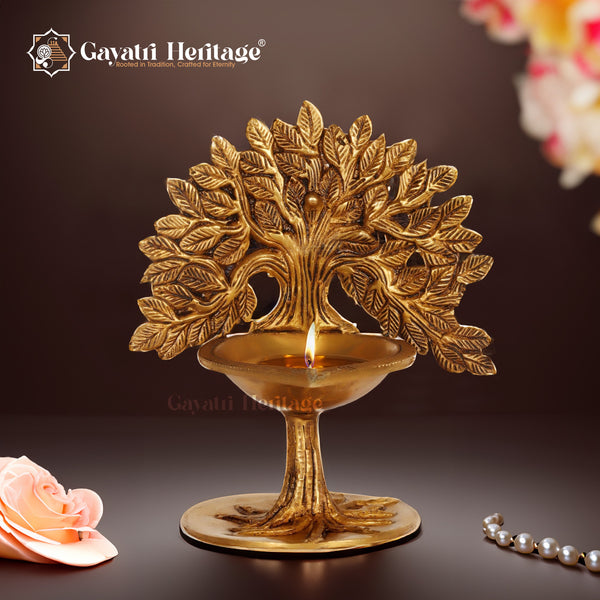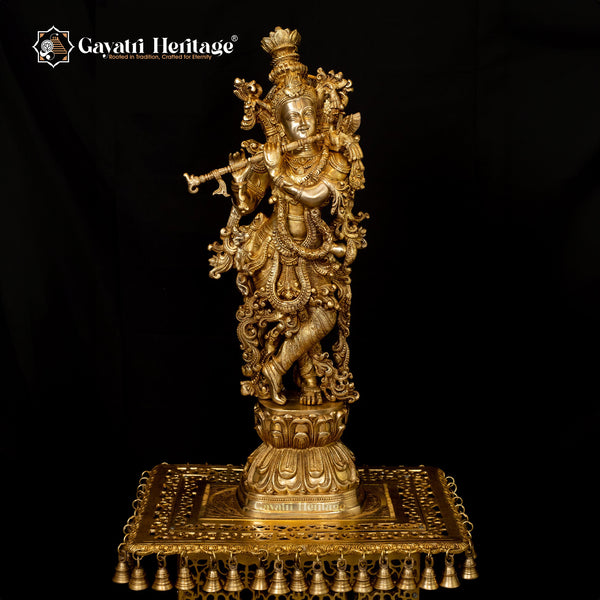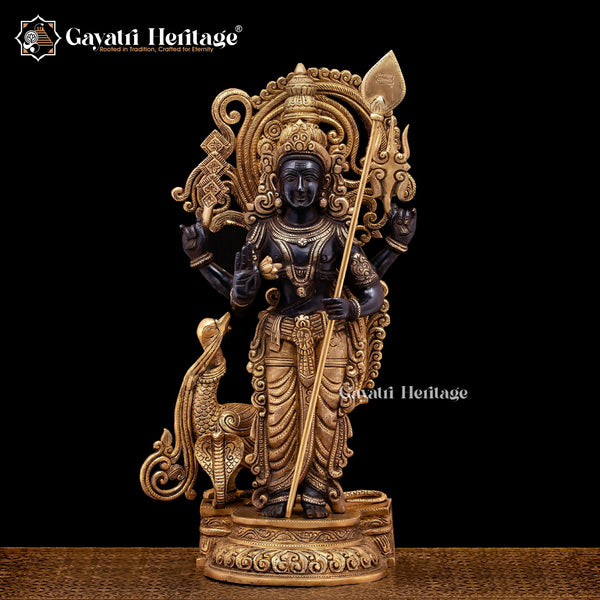The Narasimha Avatar, the fourth incarnation of Lord Vishnu, is a profound manifestation of divine power and protection in Hindu literature. According to the Puranas and Vedic texts, this avatar symbolizes the triumph of dharma (righteousness) over adharma (unrighteousness). Narasimha, a half-man, half-lion form, emerged to protect his devotee, Prahlada, and to vanquish the demon king Hiranyakashipu.
The Story of Narasimha Avatar The narrative of the Narasimha Avatar is primarily detailed in the Bhagavata Purana, Vishnu Purana, and other sacred texts. Hiranyakashipu, the elder brother of Hiranyaksha (defeated in the Varaha Avatar), was a powerful asura who sought vengeance against Lord Vishnu for his brother’s death. Through severe penance, he obtained a boon from Lord Brahma that made him nearly invincible—he could not be killed by man or beast, during day or night, indoors or outdoors, on earth or in the sky, or by any weapon.
However, Hiranyakashipu’s arrogance led him to declare himself a god and persecute anyone who worshiped Vishnu. His own son, Prahlada, a devout follower of Vishnu, became a target of his wrath. Despite facing severe punishments, Prahlada’s devotion remained unwavering.
To protect Prahlada and uphold dharma, Lord Vishnu manifested as Narasimha, a form that defied the conditions of Hiranyakashipu’s boon. Narasimha appeared at twilight (neither day nor night), emerged from a pillar (neither indoors nor outdoors), placed Hiranyakashipu on his lap (neither earth nor sky), and killed him using his claws (not a weapon).
Symbolism and Significance of Narasimha Avatar The Narasimha Avatar is a powerful representation of divine justice and the destruction of evil. Each element of the story carries deep symbolic meaning:
- Half-Man, Half-Lion Form: Represents the balance of human intellect and animal strength, showcasing divine adaptability.
- Protection of Devotees: Highlights the Lord’s unconditional support for his devotees, even in the most challenging circumstances.
- Defiance of Boons: Illustrates that no boon or power can override divine will when dharma is at stake.
Artistic Depictions of Narasimha Avatar In Hindu art and temple carvings, Narasimha is often depicted as a fierce, majestic figure with a lion’s head and a human body. The most iconic representation shows him tearing apart Hiranyakashipu with his claws, symbolizing the ultimate triumph of good over evil. Temples dedicated to Narasimha, such as Ahobilam in Andhra Pradesh and Simhachalam in Odisha, celebrate this avatar through intricate sculptures and vivid murals.
Lessons from the Narasimha Avatar The tale of Narasimha offers timeless teachings for humanity:
- Faith and Devotion: Prahlada’s unwavering faith serves as a model of true devotion.
- Justice Prevails: The destruction of Hiranyakashipu reinforces the belief that evil, no matter how powerful, will be defeated by divine intervention.
- Adaptability and Resilience: Narasimha’s unique form demonstrates the importance of thinking beyond conventional boundaries to address challenges.
Narasimha Avatar in Vedic Literature The Rigveda and other ancient texts extol the virtues of divine protection and the role of Vishnu as the preserver of the cosmos. The Narasimha Sukta, a hymn dedicated to this avatar, praises the Lord’s courage and protective nature. These scriptures emphasize that divine intervention is inevitable when dharma is threatened.
Discover Vishnu’s Dashavatara at Gayatri Heritage Experience the spiritual grandeur of Lord Vishnu’s Dashavatara with our meticulously crafted statues, including the Narasimha Avatar. At Gayatri Heritage, every piece is a blend of artistic excellence and sacred devotion, designed to enrich your spiritual journey.
Explore captivating stories, shop exquisite brass sculptures, and uncover the legacy of Hindu mythology at gayatriheritage.com. Stay connected for more updates and timeless tales from India’s divine heritage.






